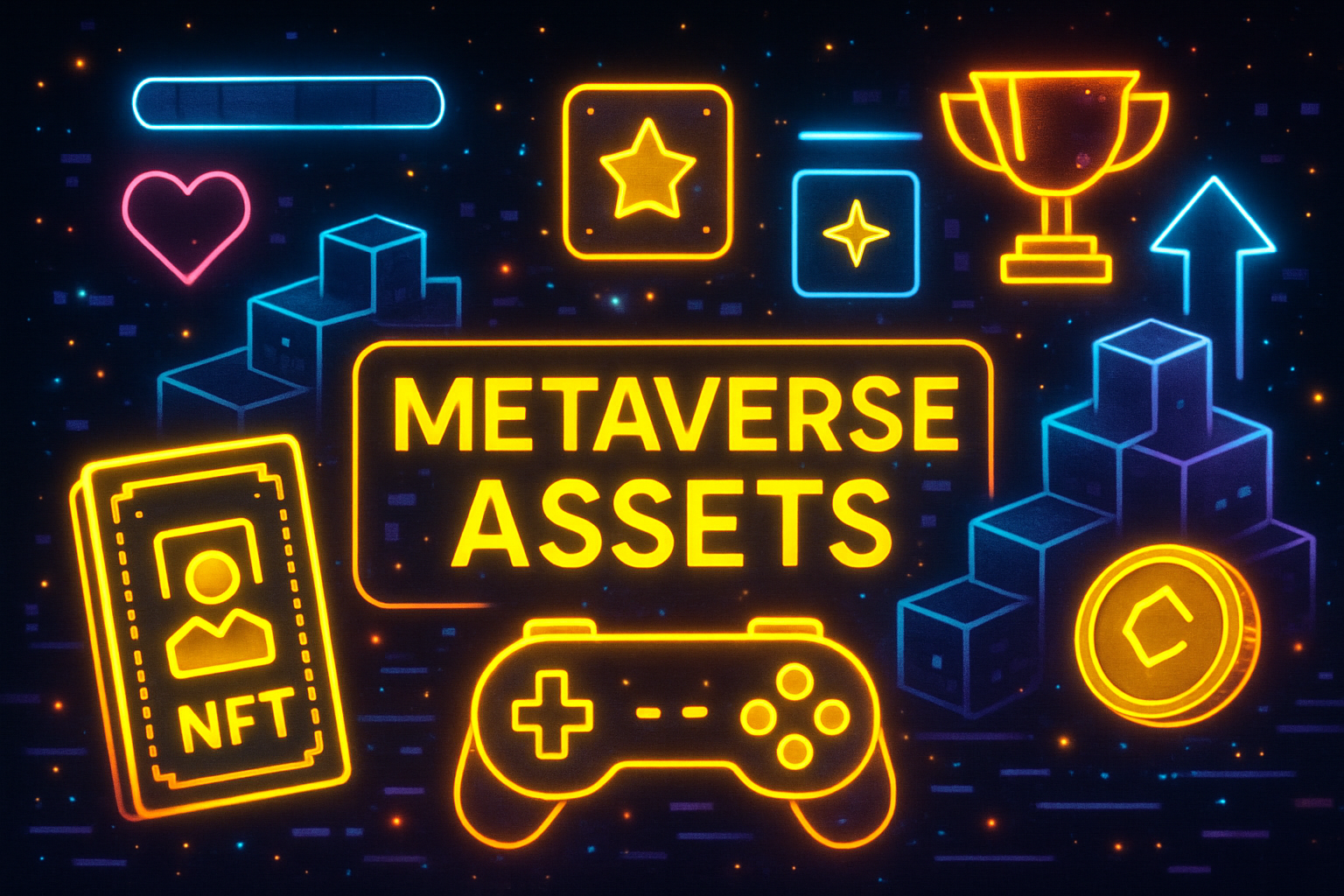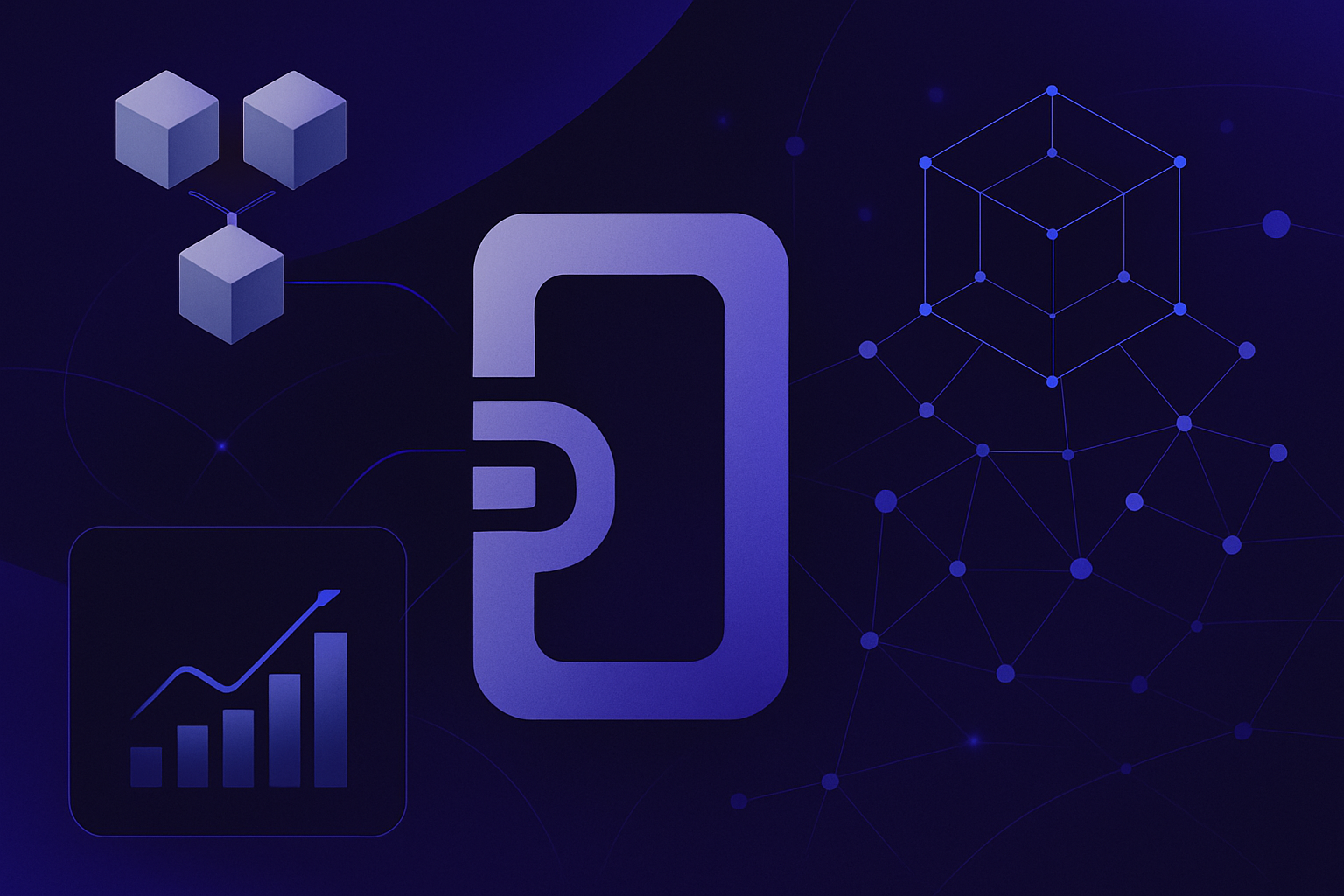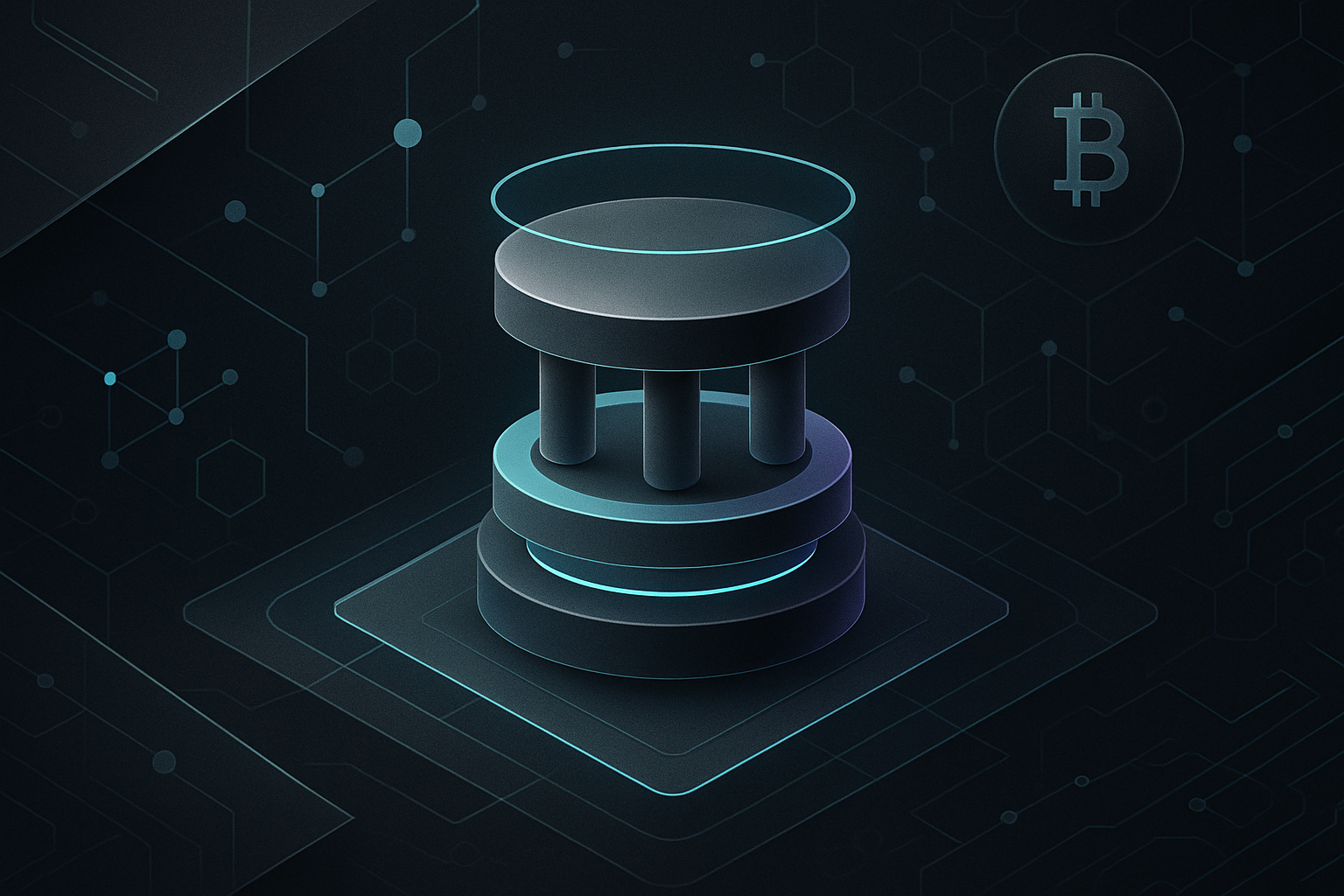
Celestia is rapidly becoming the backbone of blockchain scalability, and its data availability (DA) layer is at the core of this transformation. As of today, Celestia (TIA) is trading at $1.05, reflecting growing confidence in its modular approach to blockchain infrastructure. But what exactly makes Celestia’s DA layer so revolutionary for massive modular rollups? Let’s dive into the real-world scaling stories and the underlying technology powering this new era.
Why Modular Rollups Need a Dedicated Data Availability Layer
Traditional blockchains – often called monolithic chains – bundle consensus, execution, and data availability into a single stack. This all-in-one approach inevitably creates bottlenecks as networks grow. Modular blockchains like Celestia break this paradigm by decoupling these functions, allowing each layer to specialize and scale independently. The result? Enhanced throughput, lower costs, and flexibility for developers to launch custom rollups without reinventing the wheel.
At the heart of Celestia’s value proposition is its data availability sampling (DAS) technique. Instead of forcing every node to download every transaction in a block, DAS lets light clients verify large blocks by sampling small random pieces of data. If enough samples are available, nodes can safely assume the whole block’s data is accessible – no more heavy lifting for every participant. This approach unlocks massive scalability without compromising security or decentralization.
The Tech Behind Celestia: DAS and Namespaced Merkle Trees
Two innovations set Celestia apart: Data Availability Sampling and Namespaced Merkle Trees (NMTs). DAS enables efficient verification even as block sizes balloon – a key ingredient for supporting high-throughput rollups like those pushing 128MB blocks. NMTs allow different applications to fetch only the data relevant to them, thanks to partitioned namespaces within each block. This ensures that rollups can operate independently while maintaining verifiable access to their own state.
The combination of DAS and NMTs means that not only can rollups scale efficiently on top of Celestia, but they can also do so securely with minimal overhead. For developers looking to optimize their rollup’s performance or deploy custom execution environments, this modular DA layer is a game changer.
Real-World Scaling Case Studies: Dymension RollApps, Hibachi DEX and Kamigotchi
The proof is in the pudding – let’s look at how actual projects are leveraging Celestia’s DA layer:
- Dymension RollApps: By tapping into Celestia’s modular architecture, Dymension has launched custom blockchains optimized for specific use cases without maintaining their own validator set. The impact? Up to a 30% boost in transaction processing speed plus significant reductions in operational costs.
- Hibachi DEX: This privacy-first perpetual DEX uses encrypted state updates via Celestia’s Private DA layer. Zero-knowledge proofs ensure fast on-chain settlement while preserving user privacy – a feat nearly impossible on monolithic chains.
- Kamigotchi: An on-chain game that relies on high-throughput transactions made possible by Celestia’s scalable DA infrastructure. Players enjoy seamless gameplay without running into legacy blockchain congestion issues.
If you’re curious about building your own modular rollup or want a deeper dive into these case studies, check out our guide on real-world examples from Eclipse and more.
The Economic Edge: Lowering Costs with SuperBlobs
The economic advantage of using Celestia as your DA layer cannot be overstated. Compared to Ethereum’s $20.56 per megabyte (MB) settlement cost for data availability, Celestia comes in at just $7.31 per MB – and with SuperBlobs (a collaboration with Conduit), that figure drops dramatically to $0.81 per MB! These savings aren’t just theoretical; they directly translate into lower fees for users and more sustainable business models for dApps deploying on top of modular stacks.
This cost efficiency is already driving adoption across DeFi protocols, gaming applications, and cross-chain projects looking for scalable solutions beyond Ethereum mainnet limitations.
What’s truly exciting is how Celestia’s data availability layer opens the door for a new class of modular rollup scaling strategies. By decoupling DA from execution and consensus, projects can achieve tailored optimizations, whether that means maximizing throughput, minimizing costs, or experimenting with novel privacy models. The ability to support 128MB blocks (and beyond) without sacrificing security empowers developers to dream big, knowing their infrastructure can handle mainstream demand.
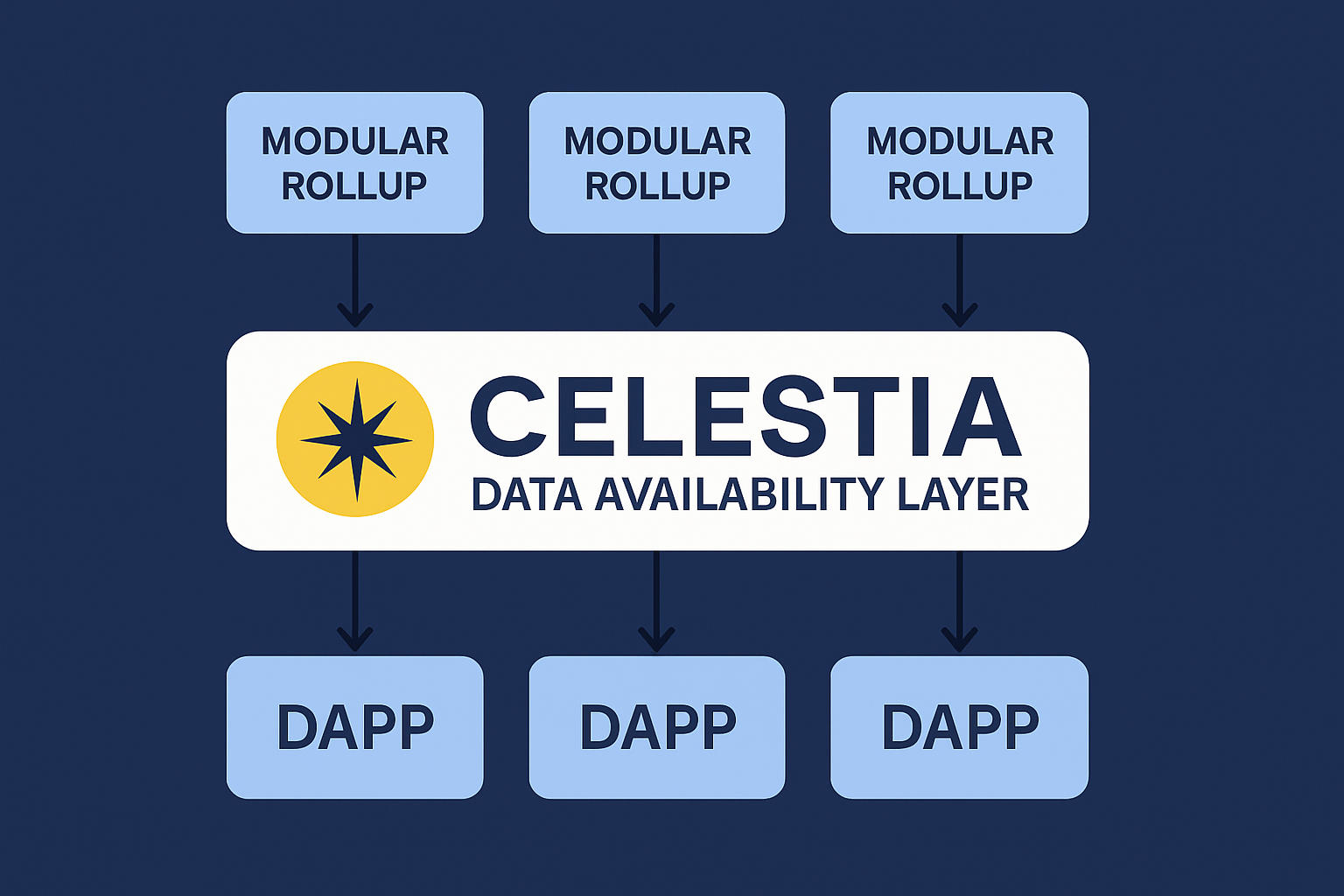
Emerging Use Cases: DeFi, Gaming, and Cross-Chain Payments
Developers are rapidly exploring Celestia DA use cases that simply weren’t feasible on legacy stacks. For DeFi scaling, projects like Hibachi demonstrate how encrypted state updates and zero-knowledge proofs make privacy-preserving trading possible at scale. In gaming, Kamigotchi’s seamless player experience showcases how high-throughput modular blockchains can finally deliver real-time interactivity, no more lag or prohibitive gas fees.
Cross-chain modular payment systems are another frontier. By leveraging Celestia’s namespaced Merkle trees and efficient sampling, payment rollups can interoperate across ecosystems without bloating any single chain. This is especially relevant as more protocols pursue Matcha Celestia integration or experiment with Bullet Celestia scaling to reach new user bases.
Top 5 Real-World Modular Blockchain Use Cases Powered by Celestia DA
-
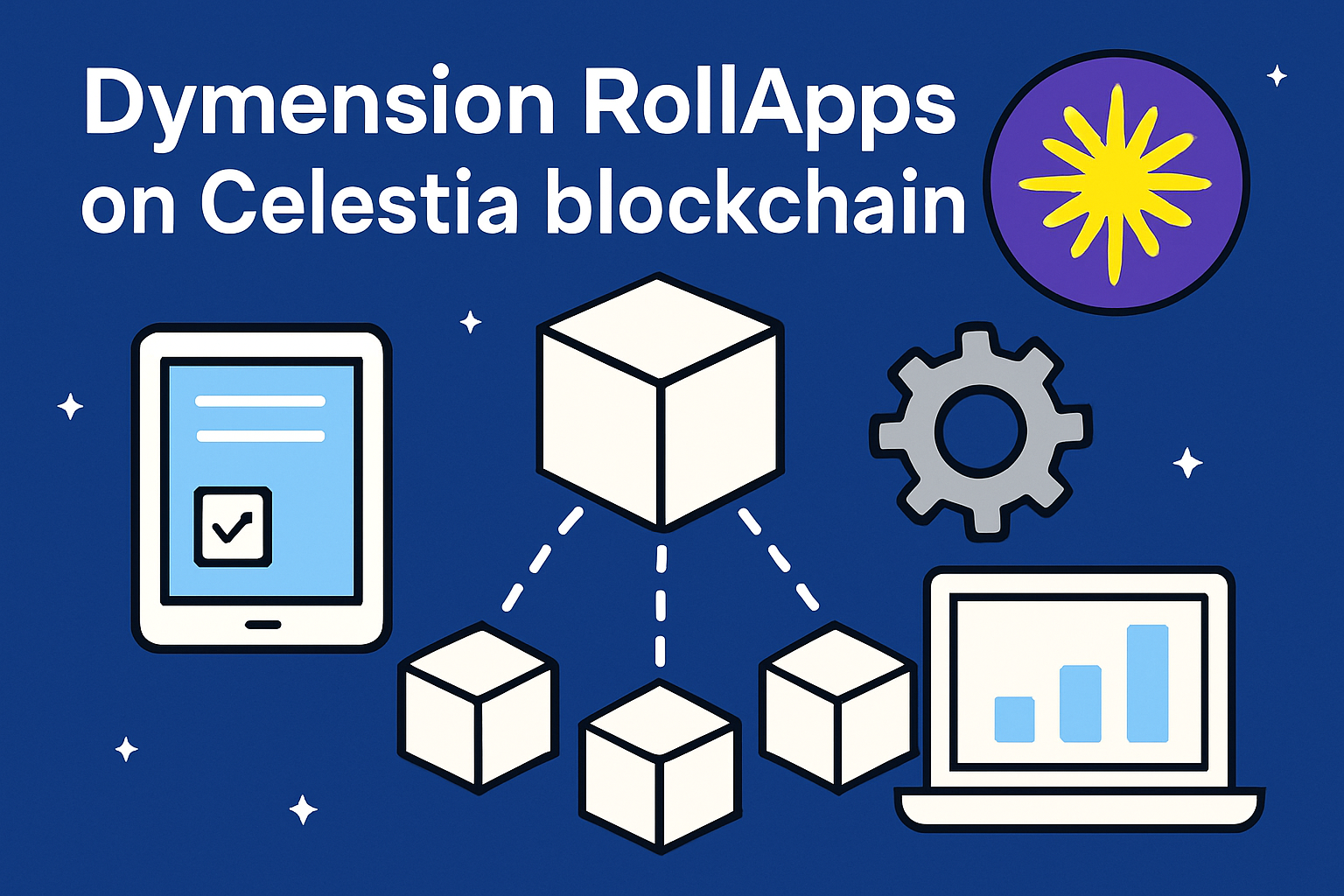
Dymension RollApps: Dymension harnesses Celestia’s data availability layer to launch custom RollApps, enabling rapid deployment of application-specific blockchains without the need for their own validator sets. This approach boosts transaction throughput by up to 30% and slashes operational costs, making scalable, modular rollups accessible to a wider range of developers.
-
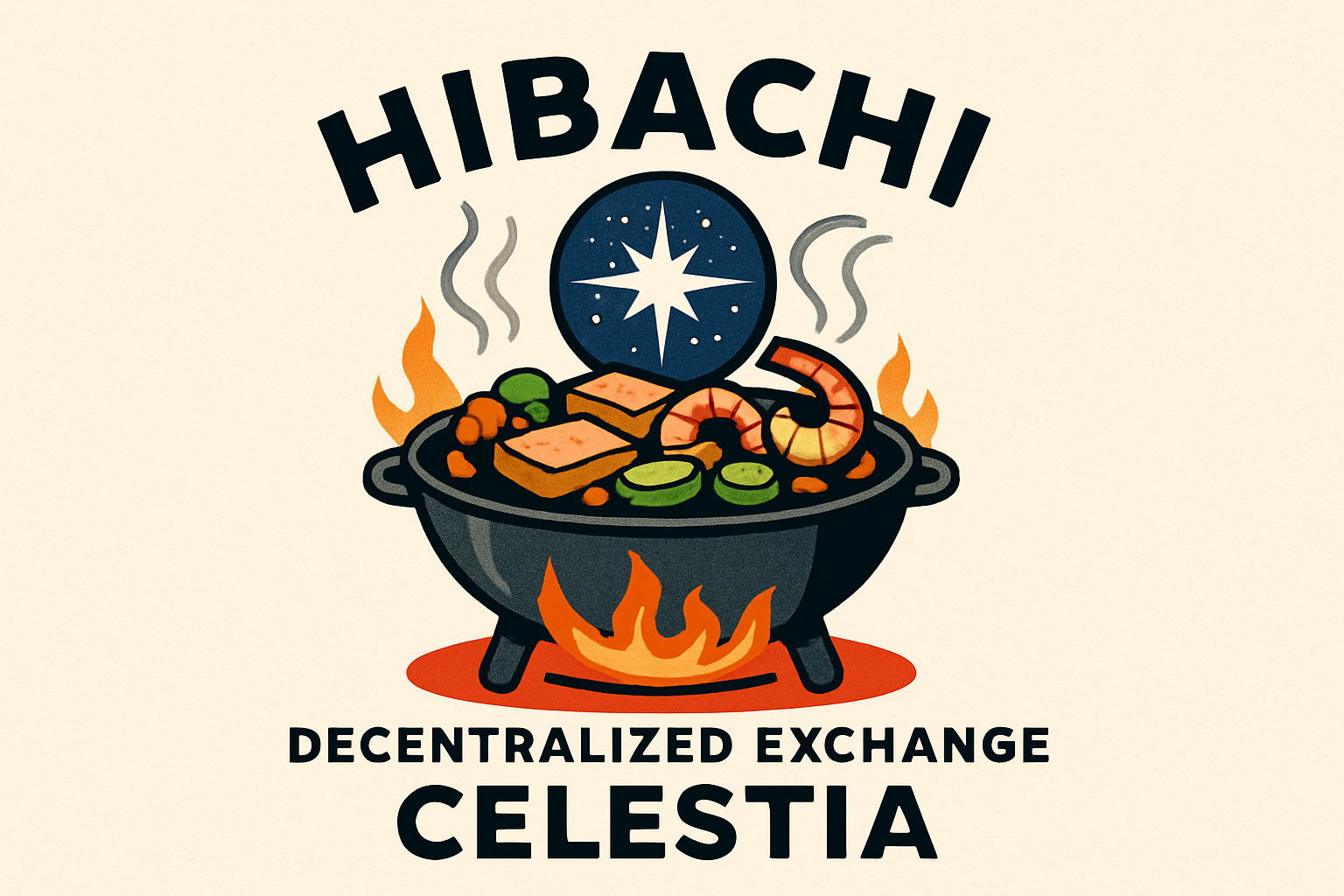
Hibachi: This privacy-first perpetual DEX leverages Celestia’s Private DA to publish encrypted state data, using zero-knowledge proofs for fast, secure on-chain settlement. Hibachi demonstrates how modular DA can ensure both data integrity and user privacy in advanced DeFi applications.
-
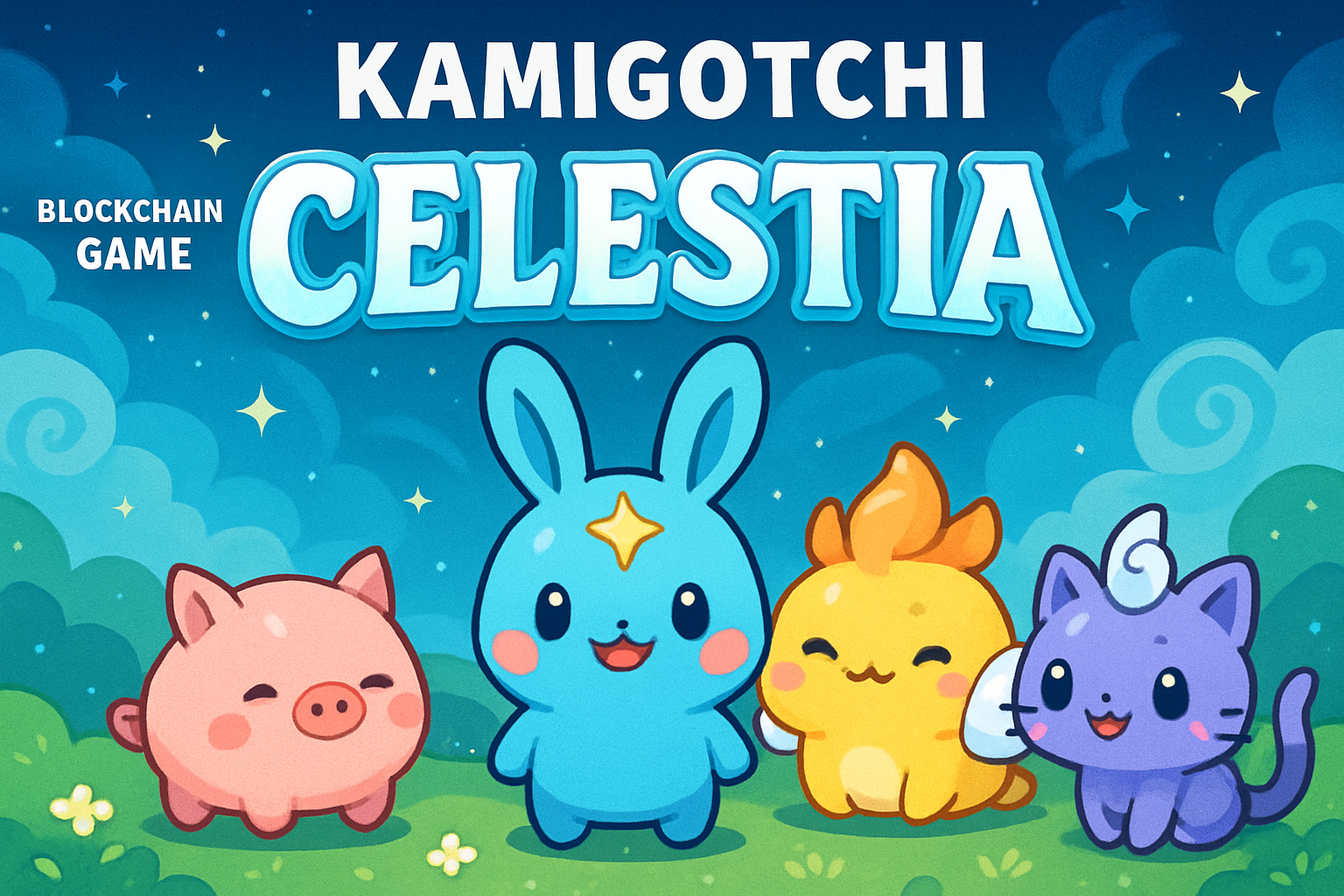
Kamigotchi: An innovative on-chain game, Kamigotchi utilizes Celestia’s DA layer to efficiently handle high-throughput gaming transactions. This modular setup delivers a seamless user experience, overcoming the scalability bottlenecks of traditional monolithic blockchains.
-
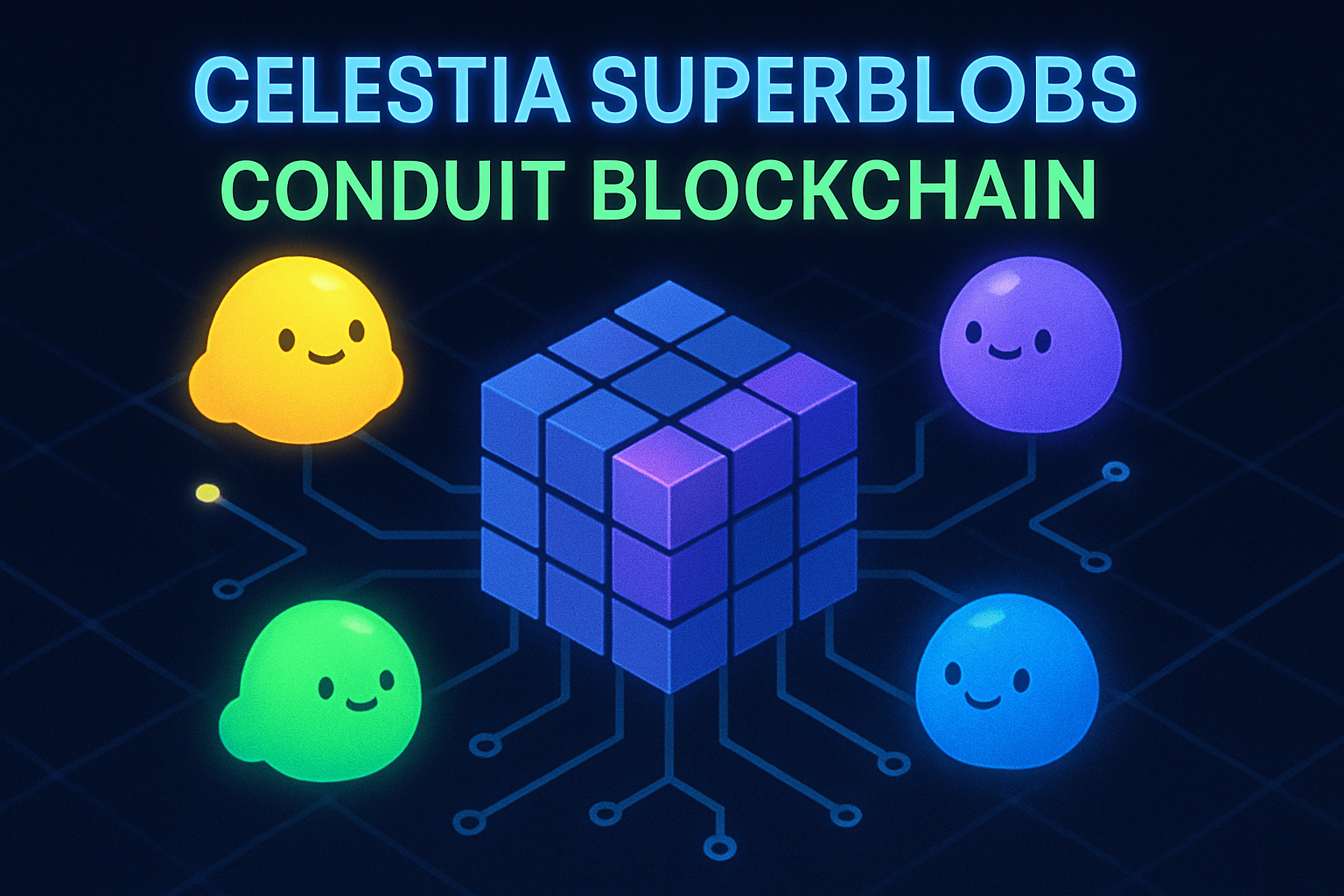
SuperBlobs by Celestia & Conduit: SuperBlobs, a collaboration between Celestia and Conduit, dramatically reduces data posting costs for rollups—down to $0.81 per MB compared to Ethereum’s $20.56 per MB. This cost efficiency enables massive scaling for rollup ecosystems.
-
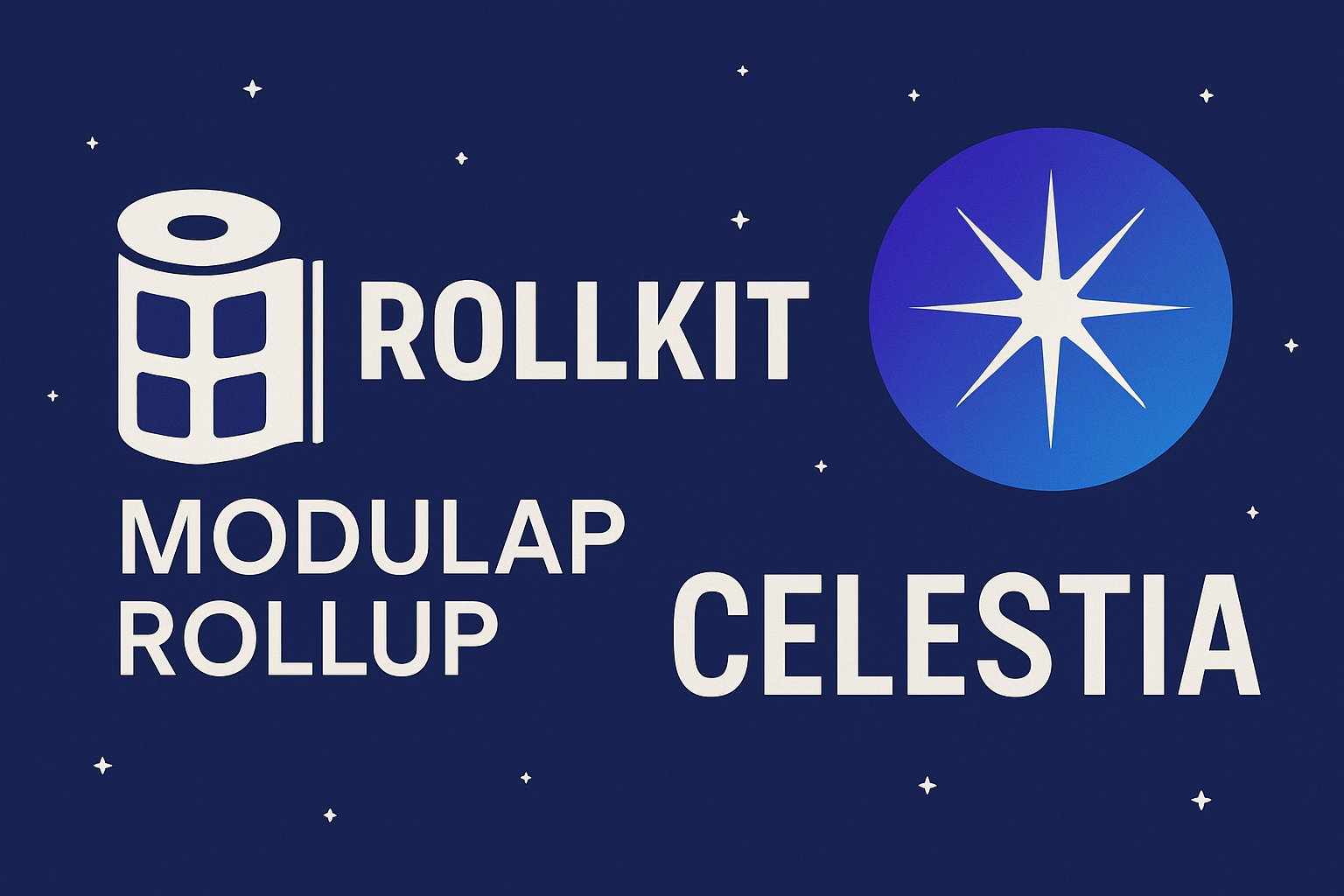
Rollkit: Rollkit is a modular rollup framework that integrates directly with Celestia’s DA layer, allowing developers to build sovereign rollups with customizable execution environments and secure, scalable data availability. Rollkit’s adoption showcases Celestia’s versatility as the backbone for a new generation of modular blockchains.
Why Developers Are Betting on Modular Blockchain Architecture
The migration toward modular stacks isn’t just about technical elegance, it’s about unlocking opportunity. With Celestia trading at $1.05, the market recognizes its role as a foundational layer for a new era of scalable dApps. Builders value the flexibility to plug in best-in-class execution environments while relying on a proven DA backbone that keeps costs predictable and performance robust.
If you’re considering your own project or want to see practical deployment steps, our step-by-step guide to custom rollup deployment on Celestia is an excellent place to start.
The Road Ahead: What’s Next for Modular Rollups?
The future is bright for modular blockchain real-world adoption, and Celestia sits at the center of this movement. As more projects push the boundaries of what’s possible with 128MB and block sizes and cross-chain composability, expect continued innovation in both protocol design and user experience.
For those eager to stay ahead of the curve, now is the time to experiment with modular frameworks and build atop scalable DA layers like Celestia. Whether you’re launching a DeFi protocol, an on-chain game, or a next-gen payment network, embracing this architecture means you’re not just keeping up, you’re helping define what comes next.




